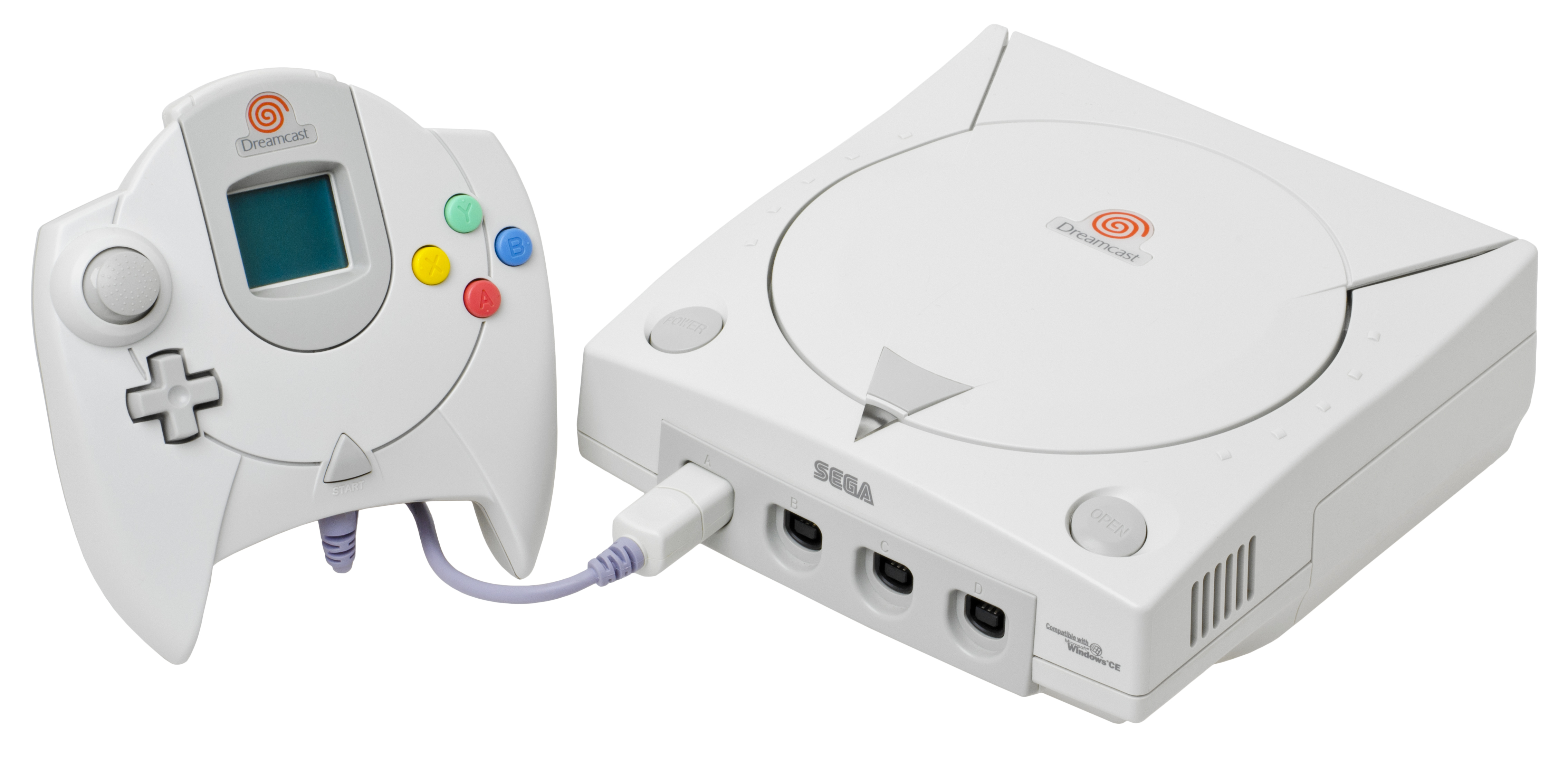|
Mizuiro Splash
is a visual novel made by NekoNeko Soft released in 2001. It has versions for four different platforms: Windows CD (3 Disc), Dreamcast, PlayStation 2, and Windows DVD-Rom. There were two anime OVA adaptations of the game, a two-episode hentai OVA in 2002, and ''Mizuiro 2003'', a two-episode non-hentai OVA in 2003. Both have same characters, but with somewhat different storylines. Characters ; : The protagonist controlled by the player. ; : The heroine of the story. Kenji Katase's adopted little sister. ; : Kenji Katase's childhood friend. (In DC/PS2 version she has two different stories) ; : Kenji Katase's childhood friend. ; : Yuki's trusted friend. In her story, she is shy. In all other stories, she is very loud and humorous. ; : A shy, but smart third year student. ; : Kenji Katase's tutor. She is quite strict. (DC/PS2 version only) Game Setting * Prologue: The player's character is very young, with the story beginning with the meeting of Yuki for the first time ... [...More Info...] [...Related Items...] OR: [Wikipedia] [Google] [Baidu] |
Dreamcast
The is a home video game console released by Sega on November 27, 1998, in Japan; September 9, 1999, in North America; and October 14, 1999, in Europe. It was the first sixth-generation video game console, preceding Sony's PlayStation 2, Nintendo's GameCube and Microsoft's Xbox, and it was Sega's final console, ending the company's eighteen years in the console market. The Dreamcast was developed by an internal Sega team led by Hideki Sato. In contrast to the expensive hardware of the unsuccessful Saturn, the Dreamcast was designed to reduce costs with "off-the-shelf" components, including a Hitachi SH-4 CPU and an NEC PowerVR2 GPU. Sega used the GD-ROM media format to avoid the expenses of DVD-ROM technology and a custom version of the Windows CE operating system to make porting PC games easy. The Dreamcast was the first console to include a built-in modular modem for internet access and online play. Though released in Japan to a subdued reception, the Dreamcast ha ... [...More Info...] [...Related Items...] OR: [Wikipedia] [Google] [Baidu] |
Prologue
A prologue or prolog (from Greek πρόλογος ''prólogos'', from πρό ''pró'', "before" and λόγος ''lógos'', "word") is an opening to a story that establishes the context and gives background details, often some earlier story that ties into the main one, and other miscellaneous information. The Ancient Greek ''prólogos'' included the modern meaning of ''prologue'', but was of wider significance, more like the meaning of preface. The importance, therefore, of the prologue in Greek drama was very great; it sometimes almost took the place of a romance, to which, or to an episode in which, the play itself succeeded. Latin On the Latin stage the prologue was often more elaborate than it was in Athens, and in the careful composition of the poems which Plautus prefixes to his plays we see what importance he gave to this portion of the entertainment; sometimes, as in the preface to the ''Rudens'', Plautus rises to the height of his genius in his adroit and romantic prolo ... [...More Info...] [...Related Items...] OR: [Wikipedia] [Google] [Baidu] |
Video Games Developed In Japan
Video games are a major industry in Japan. Japanese game development is often identified with the golden age of video games, including Nintendo under Shigeru Miyamoto and Hiroshi Yamauchi, Sega during the same time period, Sony Computer Entertainment when it was based in Tokyo, and other companies such as Taito, Namco, Capcom, Square Enix, Konami, NEC, and SNK, among others. The space is known for the catalogs of several major publishers, all of whom have competed in the video game console and video arcade markets at various points. Released in 1965, ''Periscope'' was a major arcade hit in Japan, preceding several decades of success in the arcade industry there. Nintendo, a former hanafuda playing card vendor, rose to prominence during the 1980s with the release of the home video game console called the Famicom or "Family Computer", which became a major hit as the Nintendo Entertainment System or "NES" internationally. Sony, already one of the world's largest electronics manu ... [...More Info...] [...Related Items...] OR: [Wikipedia] [Google] [Baidu] |
PlayStation 2 Games
is a video gaming brand that consists of five home video game consoles, two handhelds, a media center, and a smartphone, as well as an online service and multiple magazines. The brand is produced by Sony Interactive Entertainment, a division of Sony; the first PlayStation console was released in Japan in December 1994, and worldwide the following year. The original console in the series was the first console of any type to ship over 100 million units, doing so in under a decade. Its successor, the PlayStation 2, was released in 2000. The PlayStation 2 is the best-selling home console to date, having reached over 155 million units sold by the end of 2012. Sony's next console, the PlayStation 3, was released in 2006, selling over 87.4 million units by March 2017. Sony's next console, the PlayStation 4, was released in 2013, selling a million units within a day, becoming the fastest selling console in history. The latest console in the series, the PlayStation 5, was released ... [...More Info...] [...Related Items...] OR: [Wikipedia] [Google] [Baidu] |
Pink Pineapple
Pink is the color of a namesake flower that is a pale tint of red. It was first used as a color name in the late 17th century. According to surveys in Europe and the United States, pink is the color most often associated with charm, politeness, sensitivity, tenderness, sweetness, childhood, femininity, and romance. A combination of pink and white is associated with chastity and innocence, whereas a combination of pink and black links to eroticism and seduction. In the 21st century, pink is seen as a symbol of femininity, though this has not always been true; in the 1920s, pink was seen as a color that reflected masculinity. In nature and culture File:Color icon pink v2.svg, Various shades of pink File:Dianthus.jpg, The color pink takes its name from the flowers called pinks, members of the genus ''Dianthus''. File:Rosa Queen Elizabeth1ZIXIETTE.jpg, In most European languages, pink is called ''rose'' or ''rosa'', after the rose flower. File:Cherry blossoms in the Ts ... [...More Info...] [...Related Items...] OR: [Wikipedia] [Google] [Baidu] |
Hentai Anime And Manga
Hentai is anime and manga pornography. A loanword from Japanese, the original term ( ) does not describe a genre of media, but rather an abnormal sexual desire or act, as an abbreviation of . In addition to anime and manga, hentai works exist in a variety of media, including artwork and video games (commonly known as ''eroge''). The development of hentai has been influenced by Japanese cultural and historical attitudes toward sexuality. Hentai works, which are often self-published, form a significant portion of the market for '' doujin'' works, including ''doujinshi''. Numerous subgenres exist depicting a variety of sexual acts and relationships, as well as novel fetishes. Terminology ''Hentai'' is a kanji compound of (; 'change' or 'weird') and (; 'appearance' or 'condition'), and means "metamorphosis" or "transformation". In sexual contexts, it carries additional meanings of "perversion" or "abnormality", especially when used as an adjective; in these uses, it is the ... [...More Info...] [...Related Items...] OR: [Wikipedia] [Google] [Baidu] |
Eroge
An ''eroge'' ( or , ''erogē''; ; a portmanteau of ''erotic game'' , ''erochikku gēmu'') is a Japanese genre of erotic video game. In 1982, Japan's Koei, founded by husband-and-wife team Yoichi and Keiko Erikawa (and later known for strategy video games), released the first erotic computer game with sexually explicit graphics, ''Night Life'',Retro Japanese Computers: Gaming's Final Frontier Hardcore Gaming 101, reprinted from '''', Issue 67, 2009 an early for the |
Dreamcast Games
The is a home video game console developed and sold by Sega. The first of the sixth generation of video game consoles, it was released in Japan on November 27, 1998, in North America on September 9, 1999, and in Europe on October 14, 1999. The fifth and final home console produced by Sega, the Dreamcast is the successor to the Sega Saturn, whose commercial failure prompted the company to release it only four years after its predecessor's initial release. All licensed games for the Dreamcast were released on the GD-ROM format, a proprietary CD-based optical disc format jointly developed by Sega and Yamaha Corporation that was capable of storing up to 1 GB of data. The Dreamcast itself features regional lockout, only playing games released within its predetermined region; however, the lockout is circumventable via modchip installation, boot discs, or cheat discs such as Datel's Action Replay. However, the aforementioned circumventions will only work on a MIL-CD compatible conso ... [...More Info...] [...Related Items...] OR: [Wikipedia] [Google] [Baidu] |
Bishōjo Games
In Japanese popular culture, a , also romanized as ''bishojo'' or ''bishoujo'', is a cute girl character. ''Bishōjo'' characters appear ubiquitously in media including manga, anime, and computer games (especially in the ''bishojo'' game genre), and also appear in advertising and as mascots, such as for maid cafés. An attraction towards ''bishōjo'' characters is a key concept in ''otaku'' (manga and anime fan) subculture. The development of the ''bishōjo'' aesthetic in manga of the early 1980s marked a departure from previous realistic styles, and the emergence of the aesthetic of "cute eroticism" (''kawaii ero'') and '' moe''. History The ''bishōjo'' character type emerged in the ''lolicon'' boom of the early 1980s, particularly in the works of manga artist Hideo Azuma. Azuma's characters combined the round bodies of Osamu Tezuka characters and the round and emotive faces of ''shōjo'' manga. At the time, the dominant style in seinen and pornographic manga was ''gekiga'' ... [...More Info...] [...Related Items...] OR: [Wikipedia] [Google] [Baidu] |
2001 Video Games
1 (one, unit, unity) is a number representing a single or the only entity. 1 is also a numerical digit and represents a single unit of counting or measurement. For example, a line segment of ''unit length'' is a line segment of length 1. In conventions of sign where zero is considered neither positive nor negative, 1 is the first and smallest positive integer. It is also sometimes considered the first of the infinite sequence of natural numbers, followed by 2, although by other definitions 1 is the second natural number, following 0. The fundamental mathematical property of 1 is to be a multiplicative identity, meaning that any number multiplied by 1 equals the same number. Most if not all properties of 1 can be deduced from this. In advanced mathematics, a multiplicative identity is often denoted 1, even if it is not a number. 1 is by convention not considered a prime number; this was not universally accepted until the mid-20th century. Additionally, 1 is ... [...More Info...] [...Related Items...] OR: [Wikipedia] [Google] [Baidu] |








